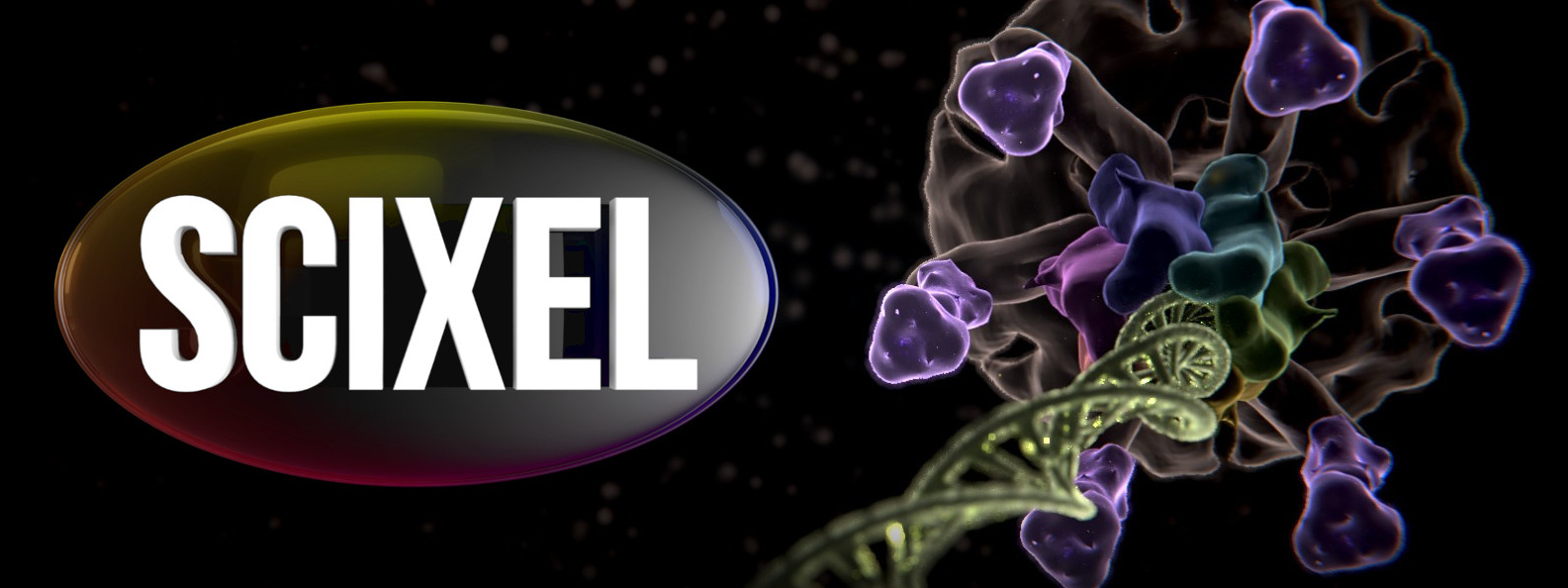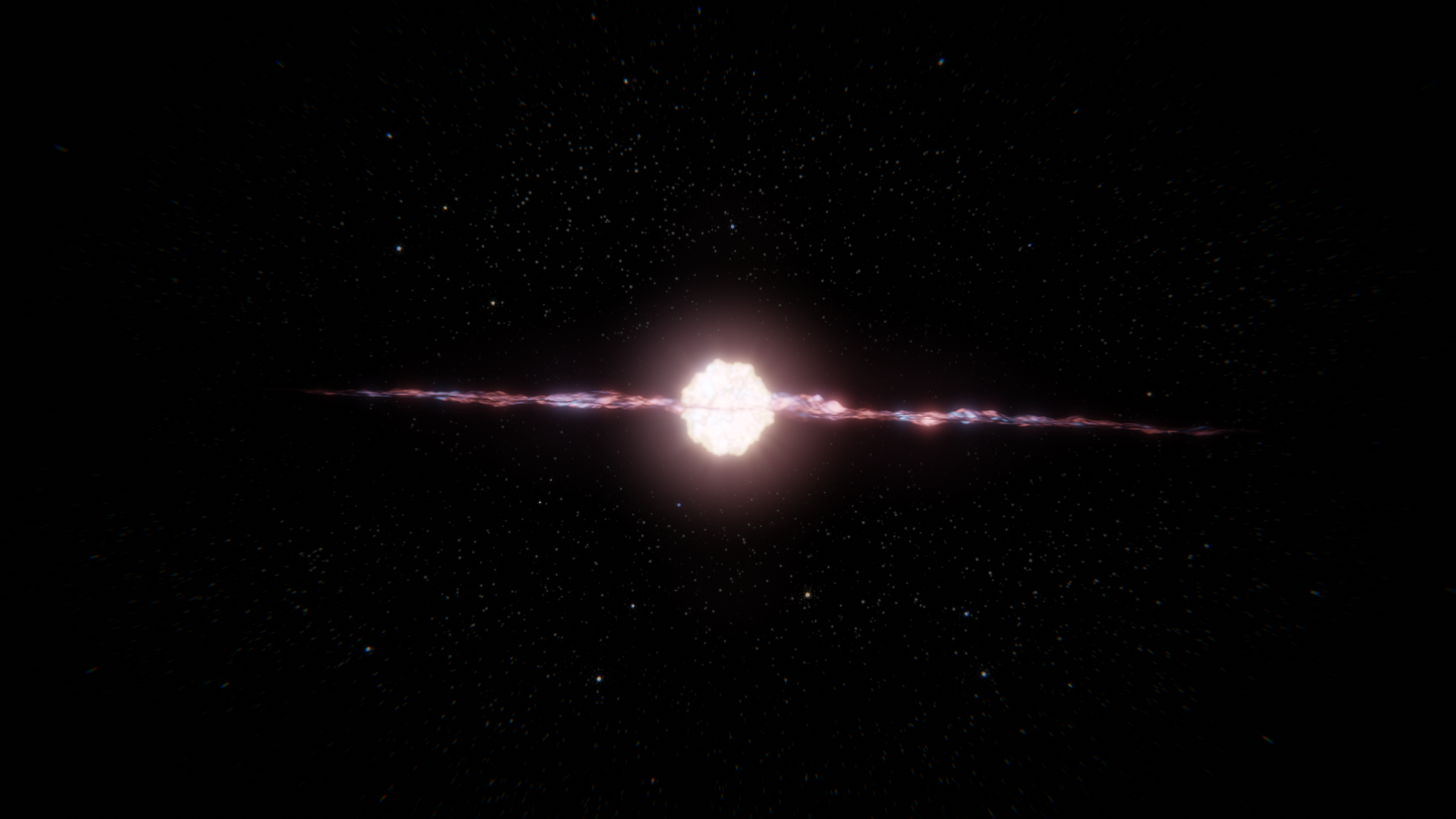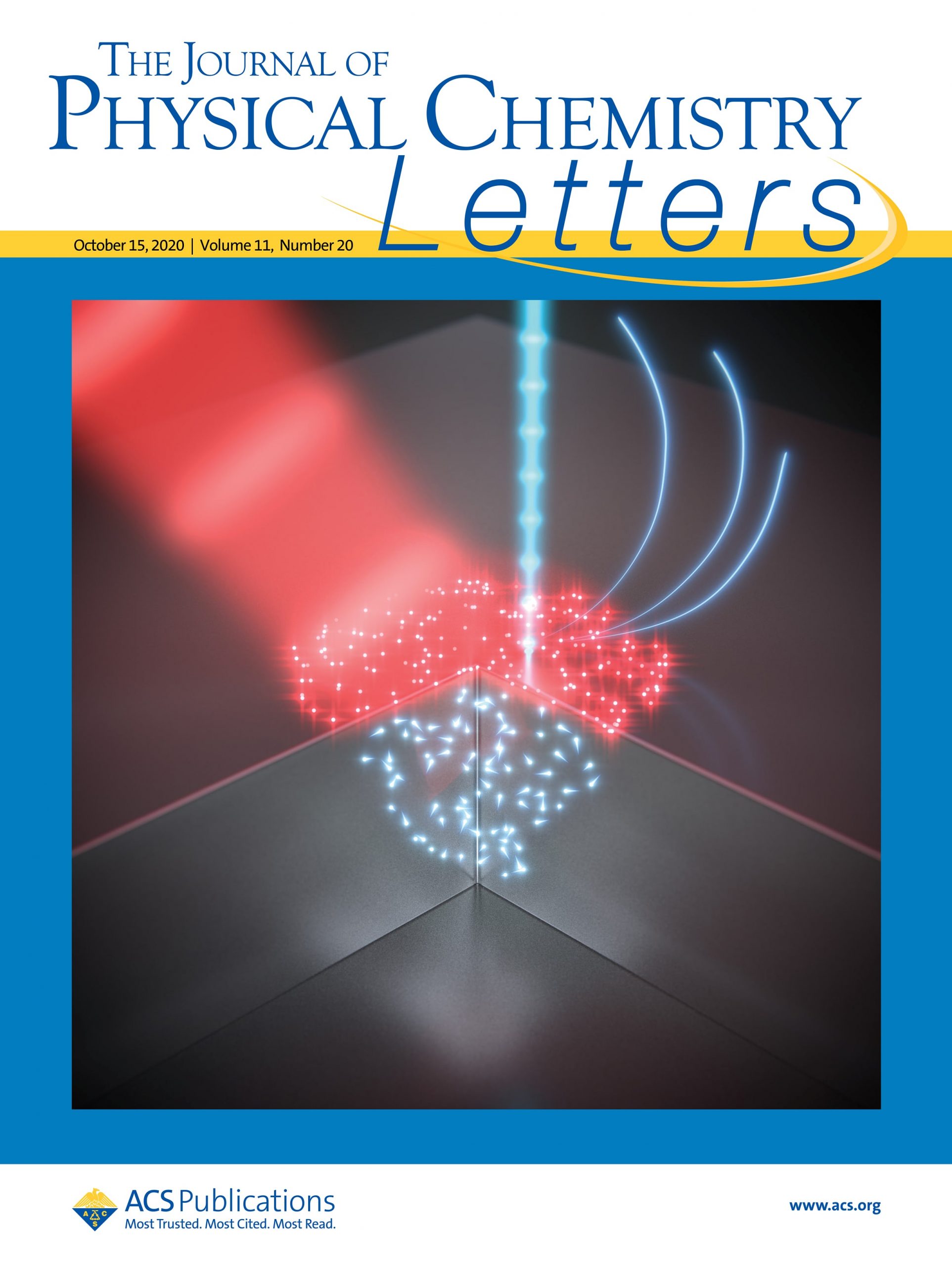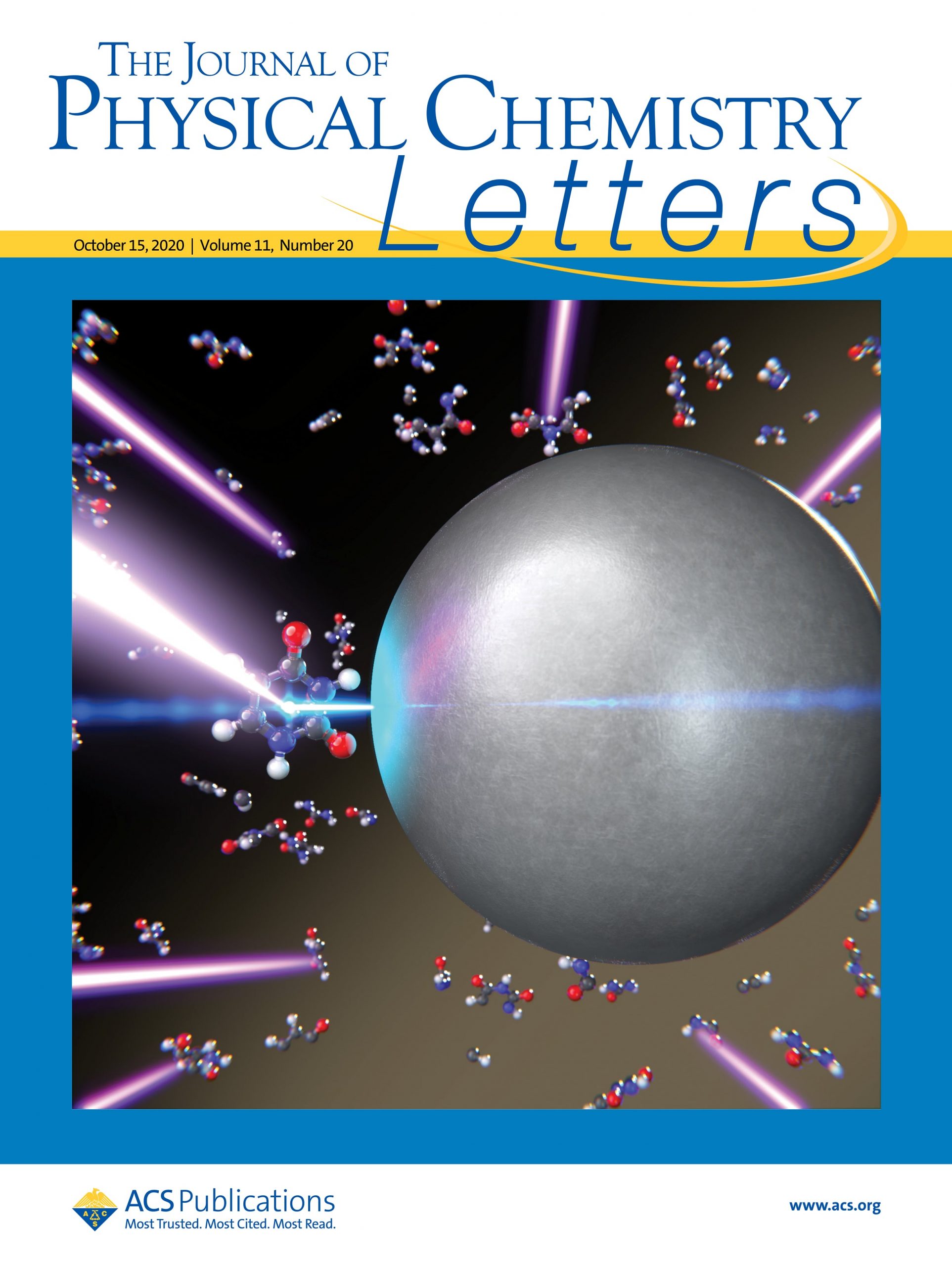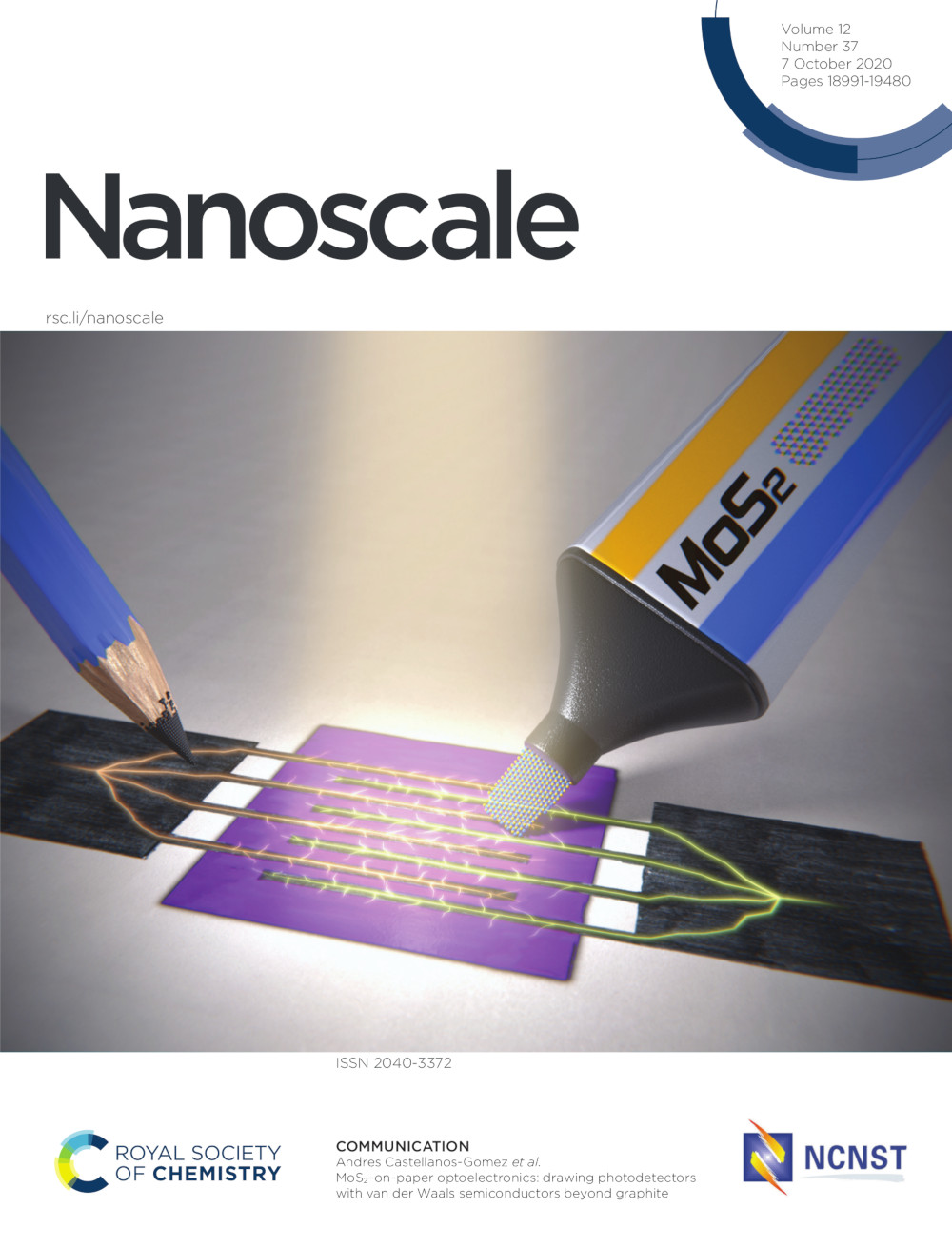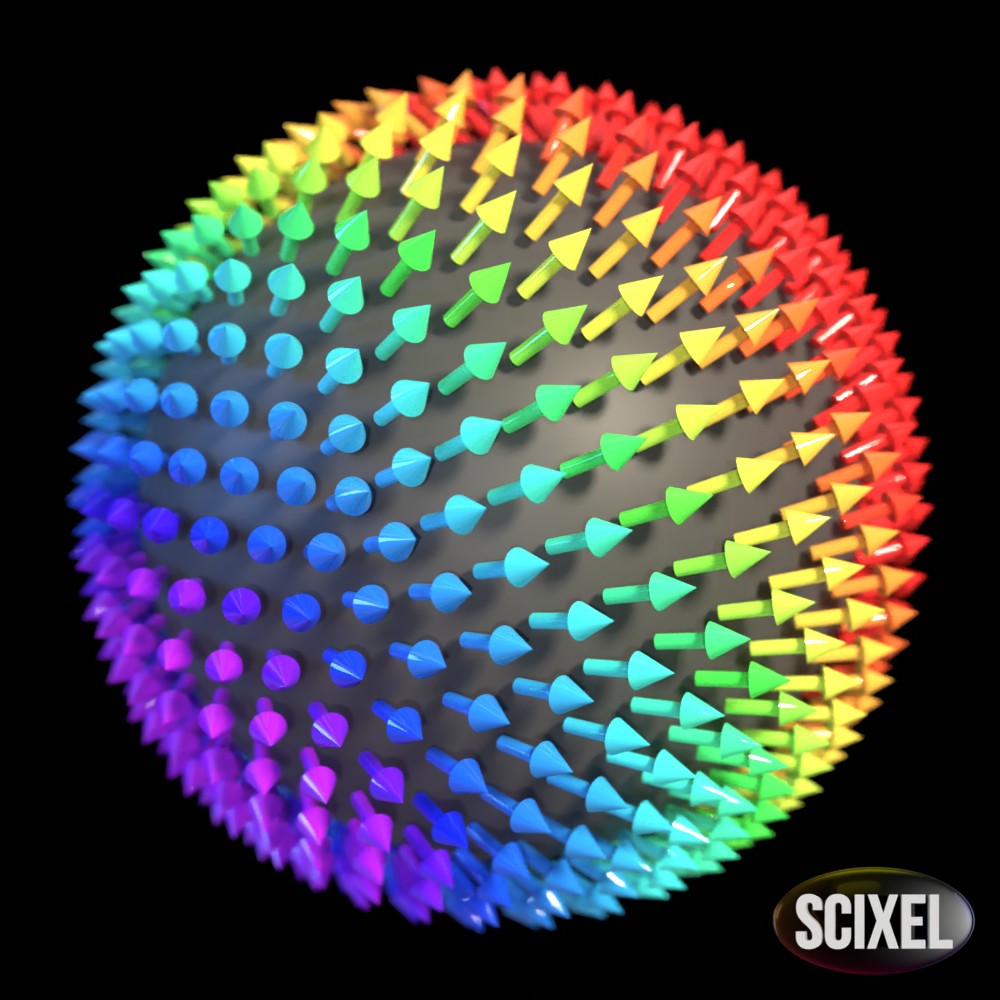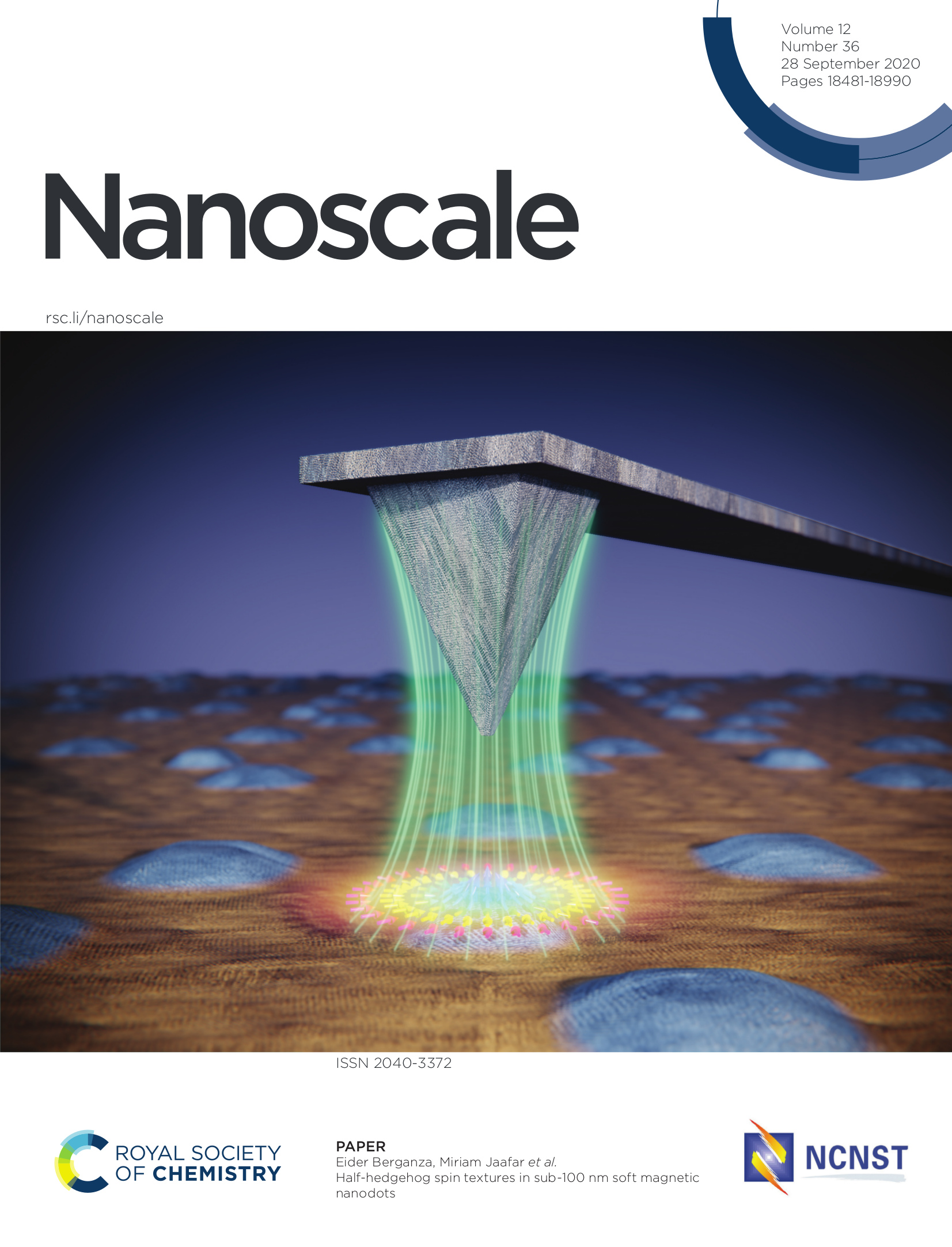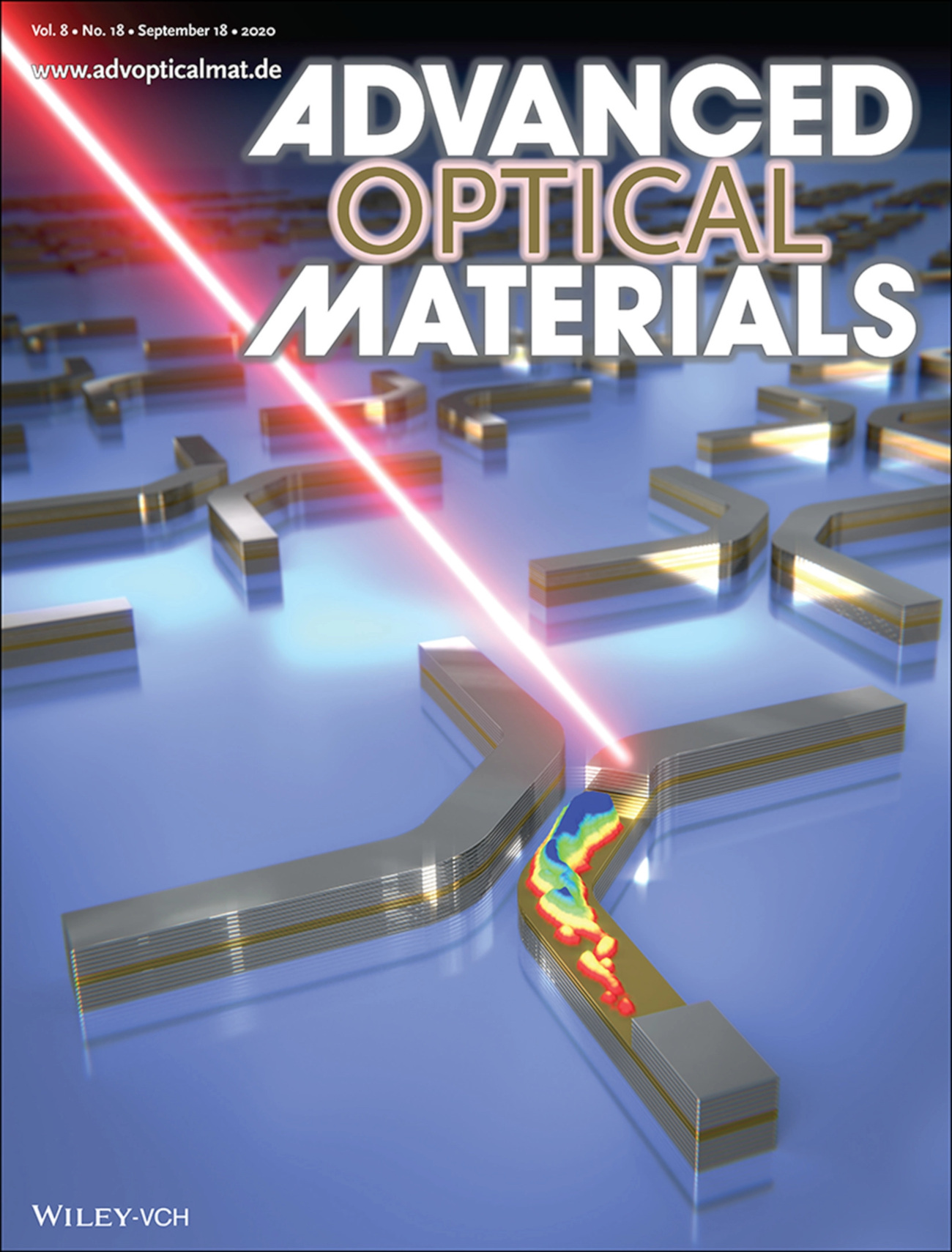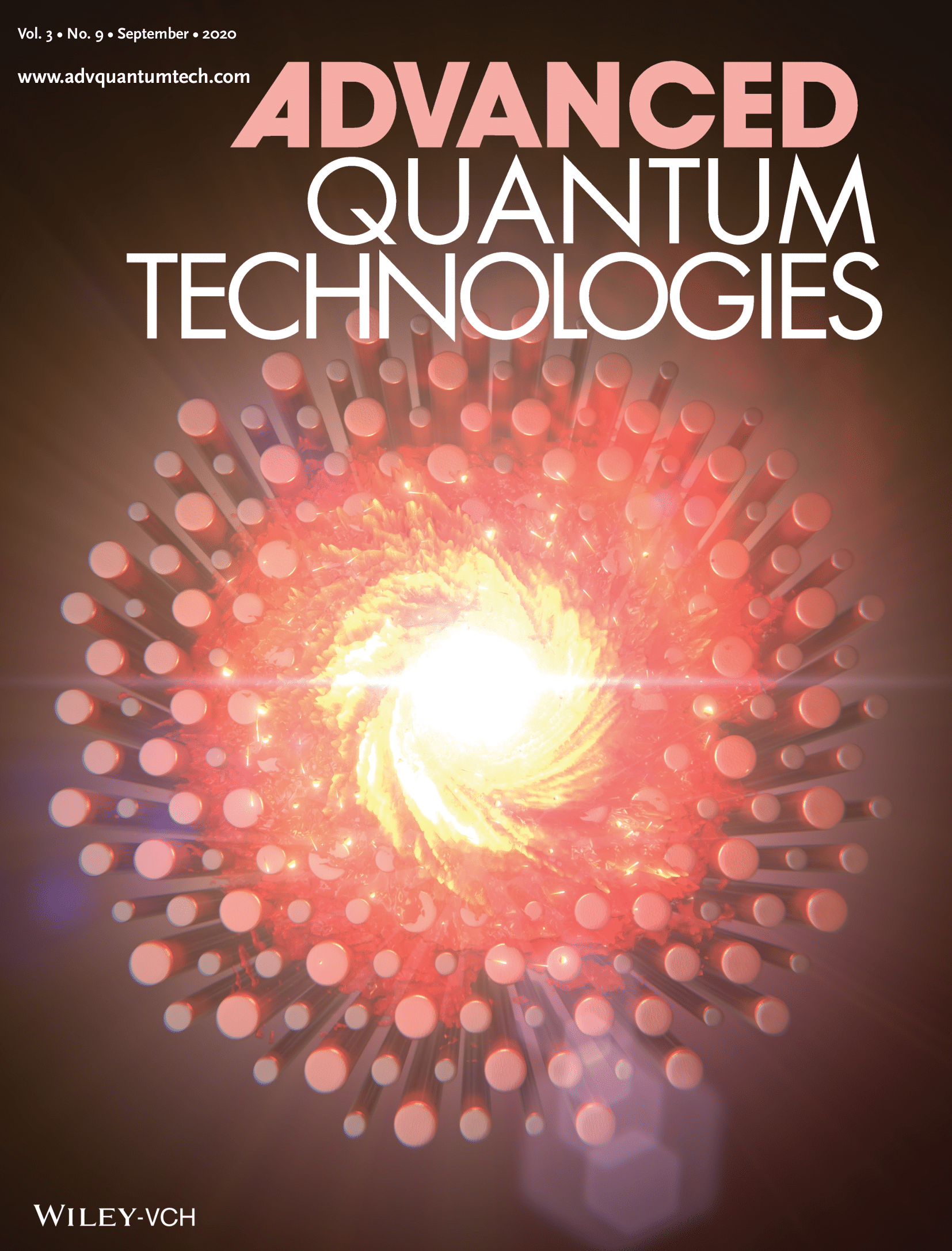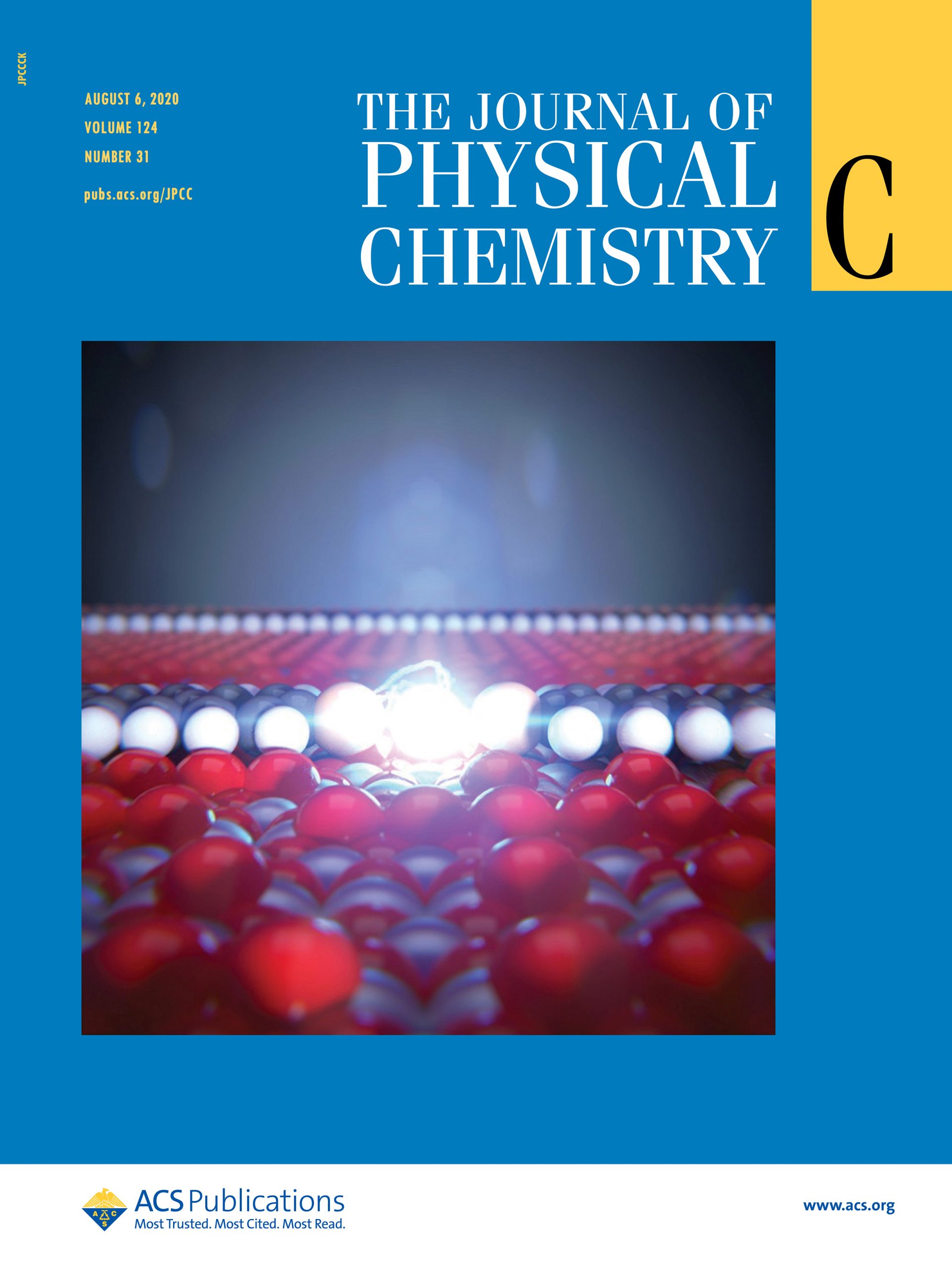There is plenty of room at the bottom. Well, plenty, yes, but not infinite. There is a limit on how small we can build things, or something that happens to be of great technological importance: how faint an electrical current can be. And we might have just found an answer to that.
Researchers from the Max Planck Institute for Solid State Research in Stuttgart, Ulm University and the Autonomous University of Madrid, have found the most basic way of producing an electrical current. They’ve coupled two atomic energy levels and then measured the electronic transference between them, one electron at a time. We’re talking about single electrons here, folks! As it can be imagined, this presents a huge challenge: a fine tunned scanning tunneling microscope, low temperatures, crazy stability, pure skill in the sample preparation, etc. You can read the paper published in Nature Physics, or a more comprehensive explanation here.
In science we know how sterile it is to discuss the possible technological breakthroughs this research can bring. But this is of no importance here, because this research is just beautiful, and that is enough. This is about witnessing the quantum world at its most basic form, without ornaments. Do you know these simplistic pictures of energy levels with a wavy line connecting them? These people have made that picture real.
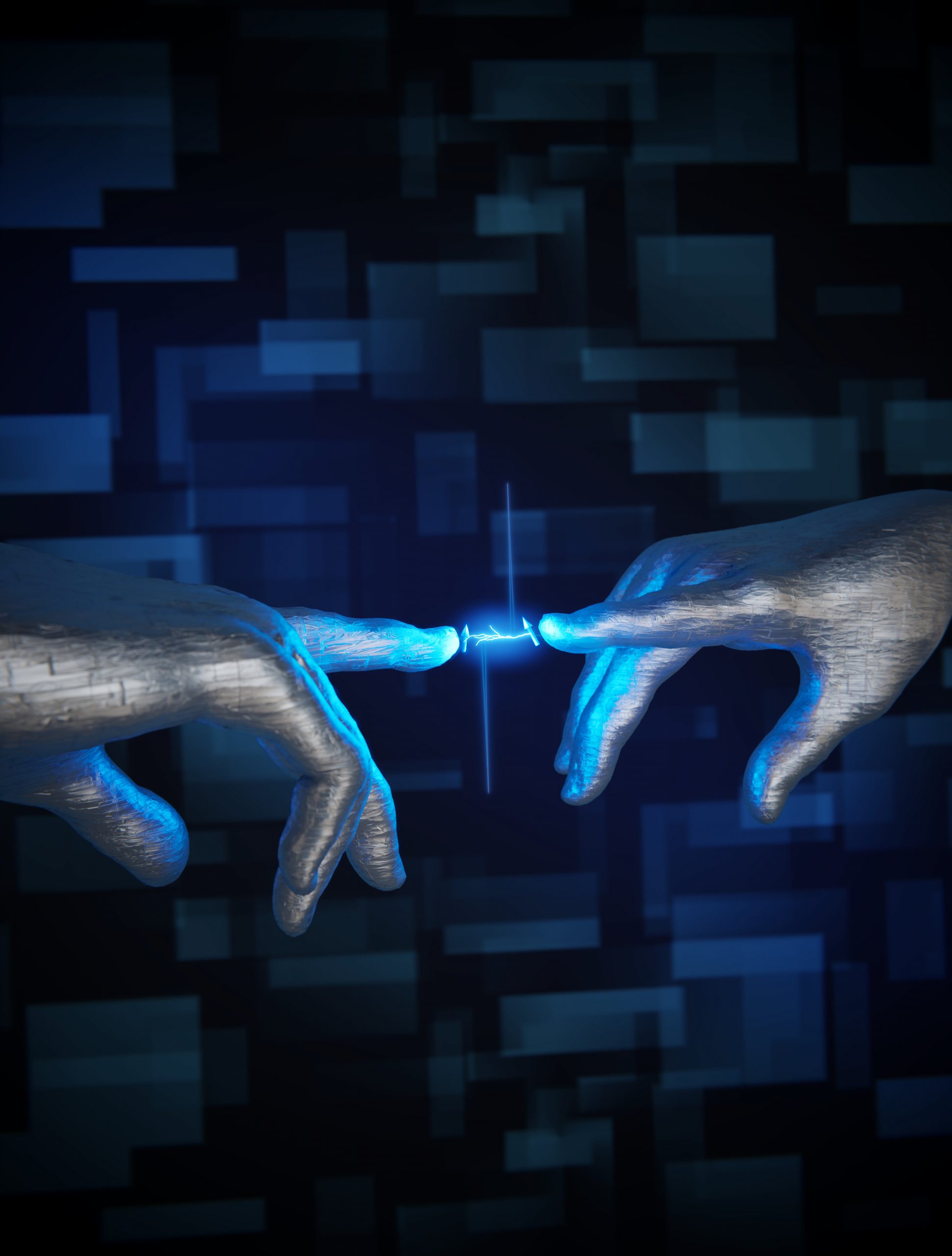 And talking about pictures, we made this one on request of Dr. Christian Ast and Prof. Carlos Cuevas, to illustrate not the experiment, but how they feel about it. And as an illustrator, that’s also beautiful.
And talking about pictures, we made this one on request of Dr. Christian Ast and Prof. Carlos Cuevas, to illustrate not the experiment, but how they feel about it. And as an illustrator, that’s also beautiful.
